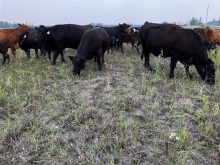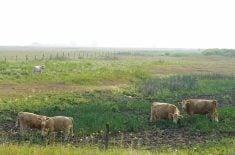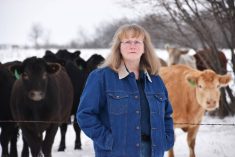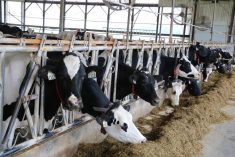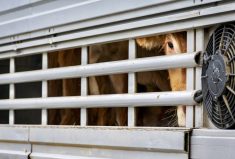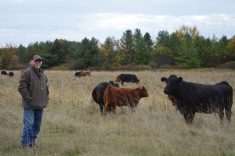“They know what they have to do. We’ll work with them towards that end.”
– GERRY RITZ
Federal Minister of Agriculture Gerry Ritz said the federal government is close to disclosing how much help the hog sector will get with its transition plan.
Federal officials were having day-by-day discussions with the Canadian Pork Council, Ritz told reporters outside a Canadian Special Crops Association (CSCA) meeting on July 15.
“We’re very, very close and as soon as we have something we’ll give you a shout,” he said.
Read Also

Linebreeding horses drives genetic bottlenecks
Too much linebreeding and prioritizing pedigree can narrow genetic diversity and lead to horse health problems in future generations.
He acknowledged the hog industry’s own proposed solutions for industry recovery and restructuring, which are contained in a strategic transition plan the Canadian Pork Council recently presented to him.
“They know they need some sort of rationalization,” Ritz said. “They know what they have to do. We’ll work with them towards that end. They still need liquidity to carry them through to the next stage. We’re working on several different possibilities through existing programs to facilitate that for them.”
The CPC’s plan, which would be implemented over five years, includes an H1N1 Recovery Plan Loan, adjustments to the Advance Payments Program emergency advances and a Hog Farm Transition Program.
The plan also calls for lowering dependence on the U. S. market to just 20 per cent of pork exports, reducing live hog exports by 57 per cent to four million head annually, decreasing domestic hog slaughter by one per cent and increasing domestic pork disappearance by 25 per cent to 730,000 tonnes a year. Total hog production would drop 18 per cent, from 31 million to 25.5 million pigs.



